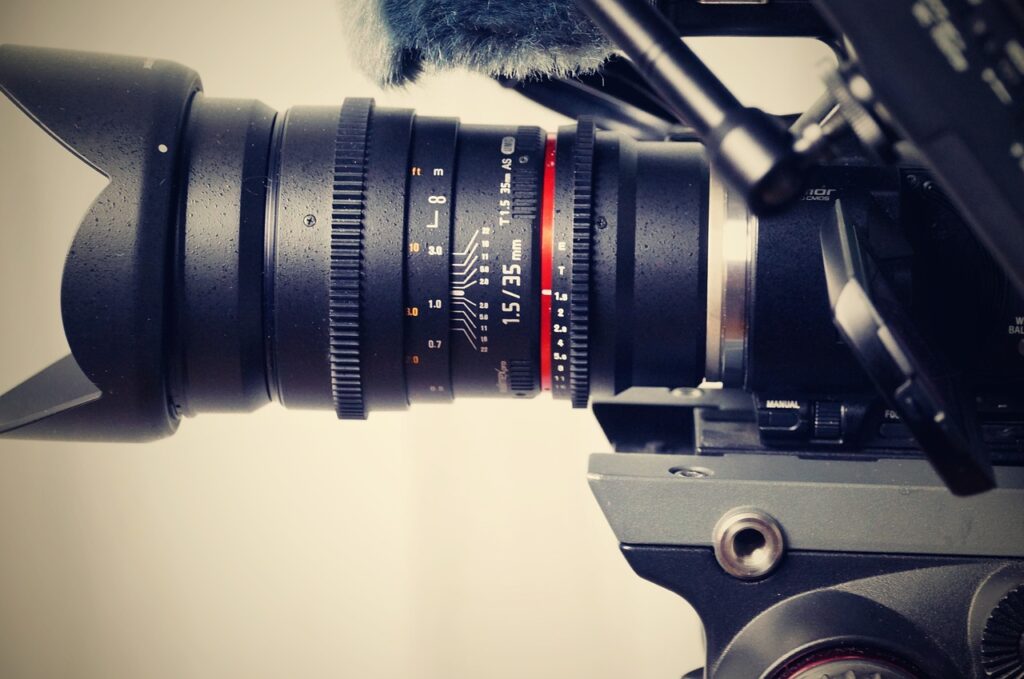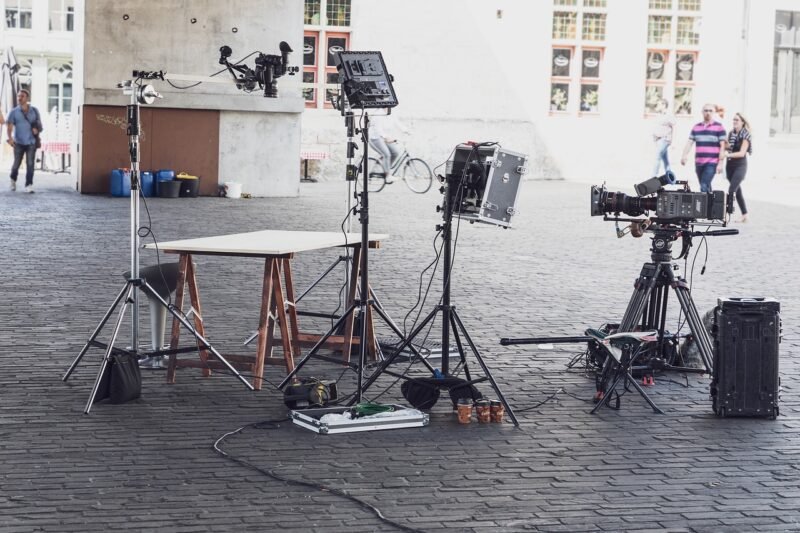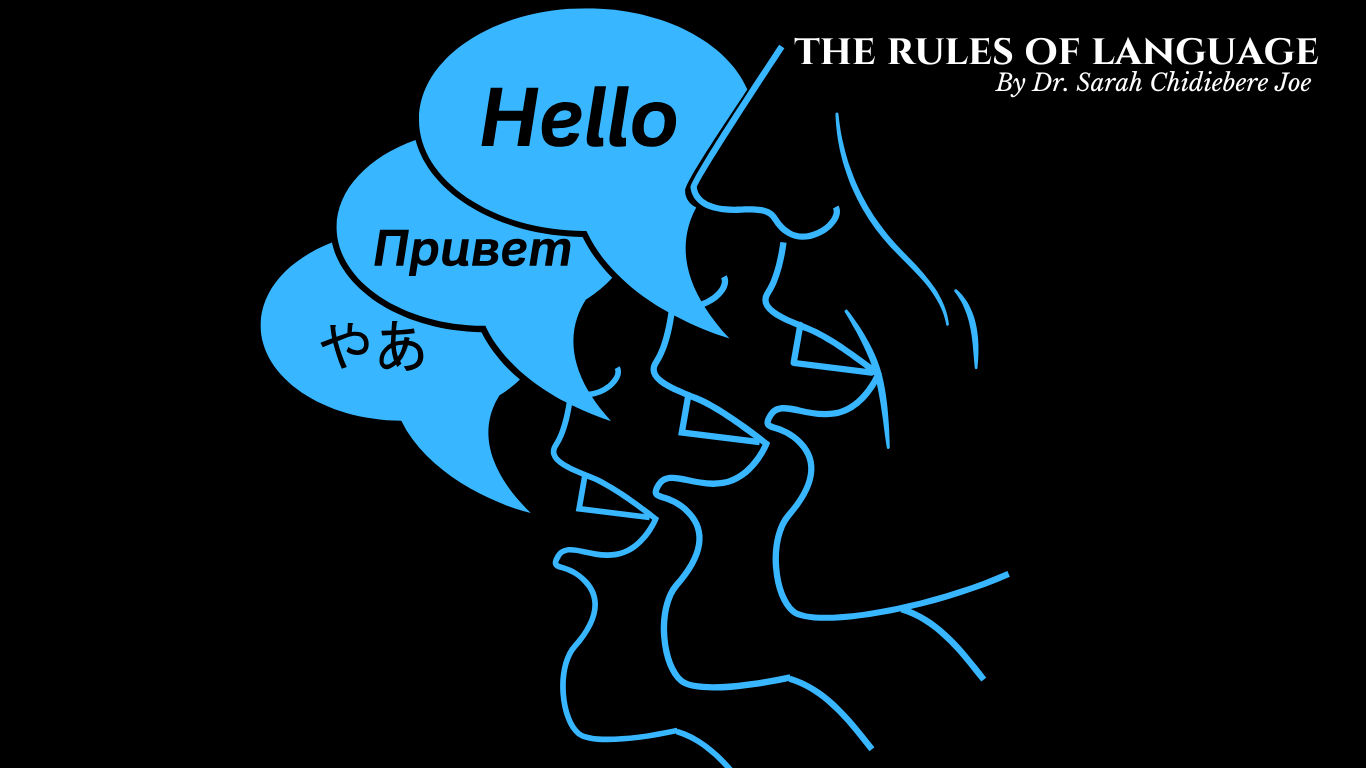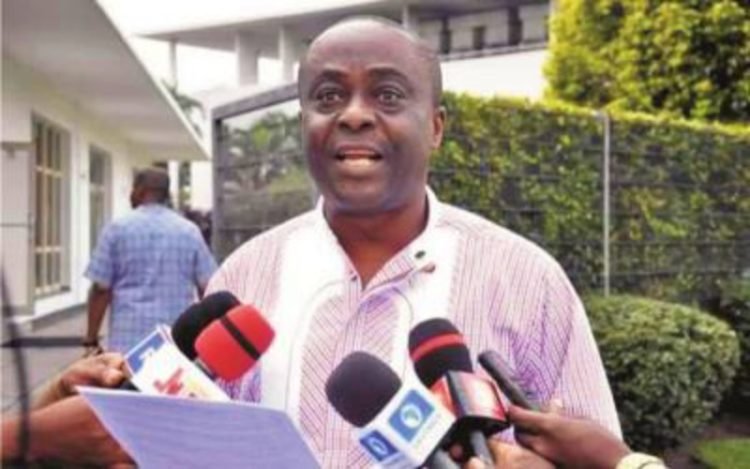By Theresa Belema Chris-Biriowu
DIRECTION DEPARTMENT
The direction department is headed by the Director. This department is responsible for the creatives of the production. The Director’s tasks includes but is not limited to directing the cast/actors and the camera. Members of crew in this department include:
First Assistant Director (1st AD) – in charge of on-set logistics and the management of each take.
Second Assistant Director (2nd AD) – assists the 1st AD in coordinating (especially background action).
Script Supervisor – in charge of continuity of action, dialogue, and vision to ensure that all that is embedded in the script is finally shot. She works very closely with the Director on set.
ART DEPARTMENT
This is the usually the biggest department in the production because the physical world of the film and all that it represents is the creation of the art department. That which the audience experience as the world of the characters of the cinematic story is made possible by the art department. This could be a tedious task especially if the locations are unreal and the set must be built from scratch. The ability to transcend the audience into an on-screen world is the responsibility of the art department.
The Production Designer (PD) is the head of the art department. She works closely with the Director and her job begins at the pre-production stage where she comes up with ideas and designs of what the set would look like and stays on throughout the production to tear down and reconstruct sets where necessary. Other members of the Art Department are:
Art Director – She assists the PD in overseeing the handiwork of the craftspeople and set builders to ensure that their crafts meet the specifications of the Director and the script. During production, the Art Director works with the Director to monitor the shoot and look out for composition and framing errors.
Set Designer – She works with the PD. Her role is to draft the structure of the set and proffer ideas on what would be required to make a particular set achievable.
Set Decorator – She is responsible for the arrangement and fittings of materials for the decoration of the set. This includes furniture, ornaments, decorative paintings, carpets, drapes, and general hardware that befit an environment that the film attempts to depict.
Supervising Art Director – She is in charge of managing the schedule and budget of the department.
Property Master – She oversees the locating and managing of all the props that are used in the film.
Construction Coordinator – She is in charge of all set constructions. She orders the materials, bring the builders to set and supervises the labourers (i.e., carpenters, painters, masons, etc.).
The Scenic Artist – She oversees the surface treatments of the sets. This involves the simulation of special effects such as aging, scary, freezing, smoky, etc.
CAMERA AND LIGHTING DEPARTMENT
The movement of camera shot composition and lights all blend together to give the film a truly magical cinematographic effect. Camera and lighting go hand in gloves because the illumination of the set (or lack thereof) is an important narrative technique that aids the camera in the precise capturing of events that tell a particular aspect of the story. In other words, lighting is essential for the portrayal of reality.
The basic duty of this department is to translate the Director’s vision by wielding the camera (i.e., making choices of shot types, aperture, lens length, filter, etc.) in synchronisation with the lighting choices. Camera and lighting are technical, still it takes humans to operate the equipment and make technical choices. Other members of the department are:
Camera Operator – On smaller sets, the cinematographer is likely to carry out this function but when this is not the case, the camera operator is a person who uses and moves the camera at the instructions and directives of the cinematographer or Director. He is also known as the cameraman.

First Assistant Camera Operator – She is saddled with the responsibility of focusing and the camera lens on set. She also carries the lens bags and is responsible for changing the lens of the camera when the need arises. The First Assistant Camera Operator works with an assistant called the Second Assistant Camera Operator who in addition, takes notes on film stock (or memory stick stock), pays attention to detachable details like which memory card is used, which battery needs to be recharged, etc.
Video Assist Operator – She is in charge off video playback to enable the team to monitor what has been shot.
Grips – Grips are a group of people who are responsible for building and operating support equipment for the camera such as tripods, dollies, cranes, jibs, etc. They also help to assemble and set up lights and lighting supports for a shoot.
Clapper Loader – The clapper loader operates the clapperboard at the start of each take. She is responsible for taking film inventory during shooting.
Gaffer – Usually a technician, the gaffer is in charge of the lights and lighting plans of the production. He is responsible for the design and oversees the execution of the plans. The Gaffer may have an assistant known as the Best Boy Electric.
Lighting Technicians – If there are issues with the lights or lighting set ups, the Lighting Technicians are up. They are on standby to manage and service the lights and Lighting Department during production.
COSTUME, MAKE AND HAIR DEPARTMENTS
Although these three Departments operate independently, they are both saddled with the responsibility of designing, styling, fitting, and obtaining adornment items and touch ups for the members of cast during the shooting of the film. The costume designer is the head of the Costume Department, the Head Makeup Artist superintends over Makeup Department and the Head Stylist leads the Hair Department. The costumer or designer is in charge of managing the wardrobe and making decisions on budget, hiring and firing of support staff. The Costumer, Makeup artist and Hair stylist work closely with the Director and are given copies of the script to enable them to understand how the characters should appear in scenes, depicting reality and believability. Among the team of individuals of the costume and makeup department are:
The Costume Supervisor – She manages paperwork and logistics, assists the Costume Designer, and coordinates the support staff. The Costume standby is a person who takes notes on wardrobe continuity and costume viability. The makeup artist is in charge of building up a realistic appearance for a character. Sometimes makeup gets complicated such that a character may need to appear older, younger, or even appear like a different gender or species. The hair stylist works closely together with the makeup artist and in blending their efforts, achieve a look that suits the part. The hairstylist is in charge of making, fixing and styling the hair of the members of cast to cause them to appear suitable for the role. For instance, in depicting an insane person, the hair stylist must bring the actor to have a hairstyle that would make him look like a regular unkept, dirty and ragged look. On set, the Hair Stylist heads the department and is usually accompanied by a support staff of both professionals and apprentices.
SOUND DEPARTMENT
Sound is very important in a film. Sound could make or mar a production and it takes a department to manage all the sound recording during the shoot. Sounds can be tricky, thus in order to ensure a clean audio, it behooves the Sound Mixer to be on the lookout for unwanted audio that could be picked up during recording.
The Sound Mixer is the head of the Sound Department. She selects, combines, and manages microphones, operates sound recording devices and mixes the audio signals. A member of the Sound Department is the Boom Operator who assists the Sound Mixer.
The Boom Operator is responsible for the movement and placement of the microphones during production. Because the microphone is not supposed to be seen on screen, the microphone is attached to a boom pole – a long piece of equipment that enables the Boon Operator to hold the microphone over or below the subject from a distance to avoid being caught in the frame.
WELFARE DEPARTMENT
The Welfare Department is in charge of providing edibleS during shooting. The department is often undermined but it is very vital in film production. Food and drinks that would be consumed on camera are the responsibility of the Welfare Department because these are not props.
The Caterer is the head of this department and she, in addition to bringing food items for the shoot provides refreshments for the cast and crew members for consumption on their break. This is vital for saving time during production. The caterer works with support staff that she is responsible for hiring, firing, and managing.
EDITING AND POST-PRODUCTION DEPARTMENT
Even though film production is guided by a shooting script that tells the details of what should be shot and the sequence in which the shots should appear, the reality remains thaT on set, timing is everything and the Director is in most cases forced to make spur-of-the-moment decisions on what scenes would be feasible at a particular time given certain circumstances. This means that at a wrap of the film shoot, the shots would be incoherent and disorganised.
This is where the Film Editor comes in. The Film Editor in the company of the Director, assembles the footage and reinterprets the shots using various transitional devices, pace, and alignment techniques. Subject to the size of the production, the Film Editor works with other individuals which include:
The Foley Artist – The postproduction sound effect of the film is created by this individual.
The Compositor – this individual explores and adapts relevant images from different work of arts/sources for the film during postproduction. Sources could include video films, photographs, test, paintings, etc.
The Dialogue Editor – this is a straightforward task that requires a person to bring together and edit all dialogues of the production.
The Sound Designer – this individual is responsible for the postproduction sound. She works with the Director and Editor to manage and balance the sound of the film.
The Music Supervisor – film music is known as the score. The score of the film is in the hands of the music supervisor who is saddled with the responsibility of engaging with Musicians, Mixers and Editors to create music. Sometimes her job involves the sourcing and purchasing of music rights for the songs that are used in the film.
The Sound Editor – She brings together and edits all sound effects in the soundtrack.
The Composer – In the event where the Directors decides that an original song (or more) is required for the film, the Composer is the person who writes the score.
The Colourist – Colour grading, and adjustments are the responsibilities of the Colourist who takes care to apply certain digital manipulative tools to enhance the colouring of the film images for aesthetics and effect.
The Visual Effects Supervisor – Effects during postproduction enhances visuals and cause film images to achieve a special feel. This is not the same as special effects that are done during production. The Visual Effects Supervisor ensures that appropriate effects are added during editing to give value to images.
LOGISTICS/TRANSPORTATION DEPARTMENT
Movement from place to place during shooting is inevitable. Often, the sets for a single film are not located in close proximity to one another and that requires the movement of equipment and cast/crew members from one place to another.
The Location Manager is in charge of finding a suitable place for building a set and conveying the cast and crew there. She works closely with the Head Logistics who coordinates the movement.
Working closely with the Location Manager and Head Logistics are transporters/Drivers who drive vehicles from one location to the other. The Drivers are also saddled with the responsibility of taking care of last-minute runs and picking up or dropping off cast/crew members.
Film production requires all departments to work together as a team. Like the stew analogy in the opening vignette, the quality of film that is produced at the end of the day is dependent on the number of elements that are available for the production. The production team works under the Director who is in charge of the production and Heads of Departments. Suffice It to say that at the falter of a department, the production suffers and if certain Heads of Departments do not get along, it would affect the production output. As time is money in a production, the team is expected to deliver on their duties as at when due and ensure that their efforts are in sync with both members of their departments and others on set. The onus lies on the Director to clearly define the roles of each department especially in situations where the lines could easily be blurred like Hairdresser/Makeup Artist or Music Supervisor/Sound Designer circumstances. At the end of the day, communication is vital for clarifying all ambiguities, which must be done before the production starts.















